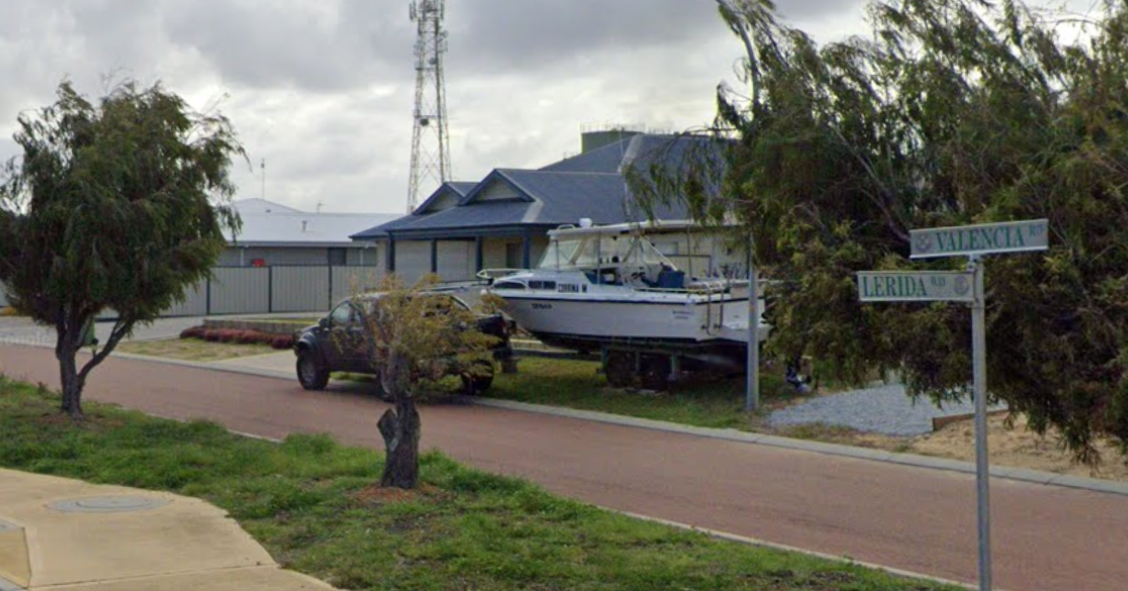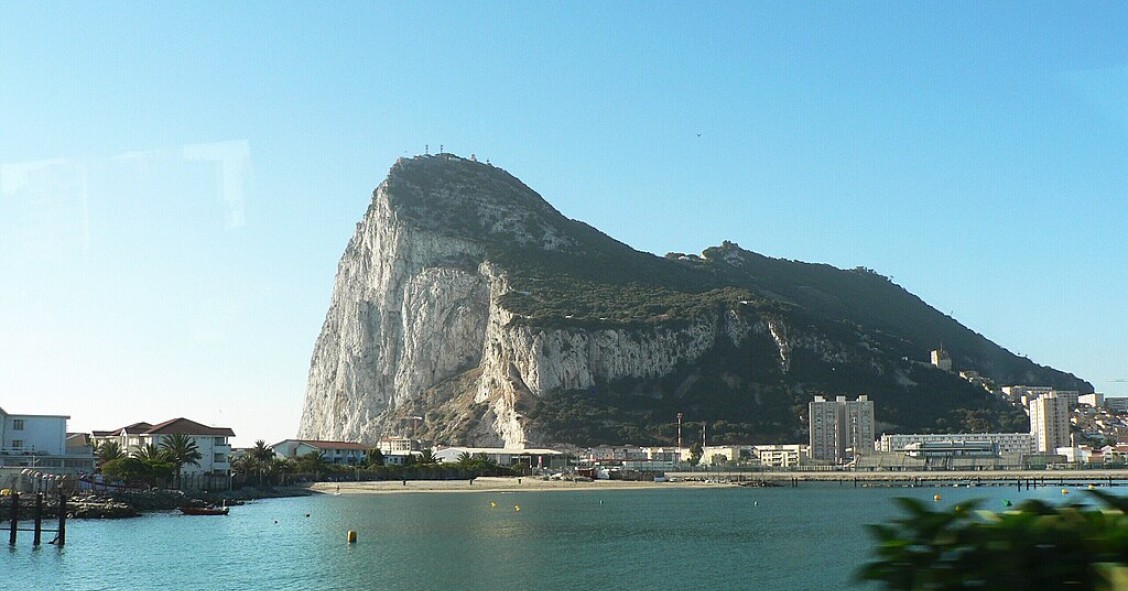
Valencia lands 7th globally for quality of life on Numbeo in November 2025, which fits how it feels on the ground. The city is big enough for culture and jobs, but small enough to stay sane. The numbers back up that balance, especially around climate, air quality and commute times.
What the Numbeo Index numbers mean day to day
Valencia scored a total of 205.4 overall for quality of life, making it one of only around ten cities to pass the 200 mark. The city's climate score is elite, and the pollution index is low for a city of its size. Commute times are short thanks to a compact centre, bike lanes, and a metro that punches above its weight. Healthcare quality is strong and safety is solid, which makes it easy for newcomers to settle.
The cost of living sits on the reasonable side compared with Western European peers, though the 7.4 property price‑to‑income ratio signals growing pressure in central and beach districts.

What’s driving Valencia’s high quality of life
Climate and air quality
A Climate Index of 93.8 is rare even by Mediterranean standards, meaning mild winters, long shoulder seasons and hot summers tempered by sea breezes. Pair that with a low Pollution Index of 22.2 and you’ve got a city where café terraces, cycling and evening strolls fit the routine rather than being occasional treats.
Safety and healthcare
A Safety Index of 65 and a Health Care Index of 82.6 combine to make the city feel dependable. For families and long‑term movers, that stability matters as much as sunshine. Hospitals and clinics are widely accessible across the metro area, and emergency care is generally responsive.
Everyday affordability and buying power
With a Cost of Living Index at 49.9 and Purchasing Power at 114.7, Valencia hits a sweet spot: salaries aren’t sky‑high, but day‑to‑day spending doesn’t drain your budget. Groceries, transport passes, and a simple menú del día are still relatively good value by Western European standards.
Urban pace and mobility
The Traffic Commute Time Index of 21 reflects how compact Valencia is. Many people live within a short bus, metro or bike ride of work, and the Turia greenway doubles as a low‑stress cycling spine.

How Valencia compares globally in 2025
The top tier this year skews Dutch: the first five cities are in the Netherlands, with The Hague at number one on a 225.1 Quality of Life Index.
Luxembourg City follows in 6th, then Valencia at 7th. That pecking order makes sense when you look at purchasing power and public services at the very top versus Valencia’s strength in climate, air quality and easier commutes.
Among Spanish cities in the same Numbeo index, Madrid sits far lower at 68th, Málaga at 108th, and Barcelona at 163rd. If you’re weighing Spain’s major urban options, that gap reflects what residents notice: Valencia’s calmer pace and cleaner air compared with the capital’s bustle and Barcelona’s tourism strains.
Understanding Numbeo’s Quality of Life Index methodology
Numbeo’s Quality of Life Index is an estimate of overall liveability using a weighted mix of purchasing power, pollution, housing affordability, cost of living, safety, healthcare, commute times and climate. Higher is better.
The data comes from a combination of user‑submitted surveys and aggregated figures, with filters to remove spam. It is also important to note that the scores mentioned in this article are from the Index by City (current), meaning the data is updated continuously and could change.
Living in Valencia: pros and cons
Life in Valencia has a very human scale, which explains why long weekends turn into long‑term moves for so many who come “just to try it”.
Some of the pros of life in Valencia include:
- Excellent climate and low pollution for a sizable city.
- Manageable commutes and a compact layout that suits cycling and public transport.
- Balanced costs and purchasing power compared with Spain’s largest metros.
A couple of cons to consider:
- A property price‑to‑income ratio of 7.4 shows affordability pressure in central and beachfront areas, especially in summer.
- Seasonal tourism and major events can tighten the rental market and push up short‑term prices.

Cost of living in Valencia: what to budget
The cost of living in Valencia stays on the reasonable side for Europe, which is a big part of its appeal.
A beer out is about €3, and a cappuccino or coffee at a café comes in around €2.30. A cheap main course at an inexpensive restaurant can be around €14, while a meal for two at a mid‑range restaurant will set you back roughly €55.
Getting around is affordable too: a public transport pass is roughly €35 per month and is valid across Metrovalencia, EMT, MetroBus and RENFE Cercanías. Basic utilities for an 85 m² flat average about €125 per month, though summer AC use can nudge that up.
As for housing, the latest idealista reports show that as of October 2025, property prices in Valencia averaged around €3,227 per m², while rent prices averaged €15.5 per m² in the same month. This means an 80 m² apartment would typically cost about €1,240 per month.
Why Valencia stands out for expats
For internationals, the draw is the everyday rhythm and the city's recognition as a great place for foreign workers. The historic centre is lively without being overwhelming, green space is stitched through the city thanks to the urban haven Turia Gardens, and there’s a steady stream of culture. These factors combined make it unsurprising that Valencia was chosen as the best city in the world to retire.
Spanish is the main language of daily life, and Valencian appears in schools and public signage. The café and cowork scene is healthy, the internet is reliable, and there’s a growing international crowd that still feels blended with local neighbourhoods rather than siloed.





